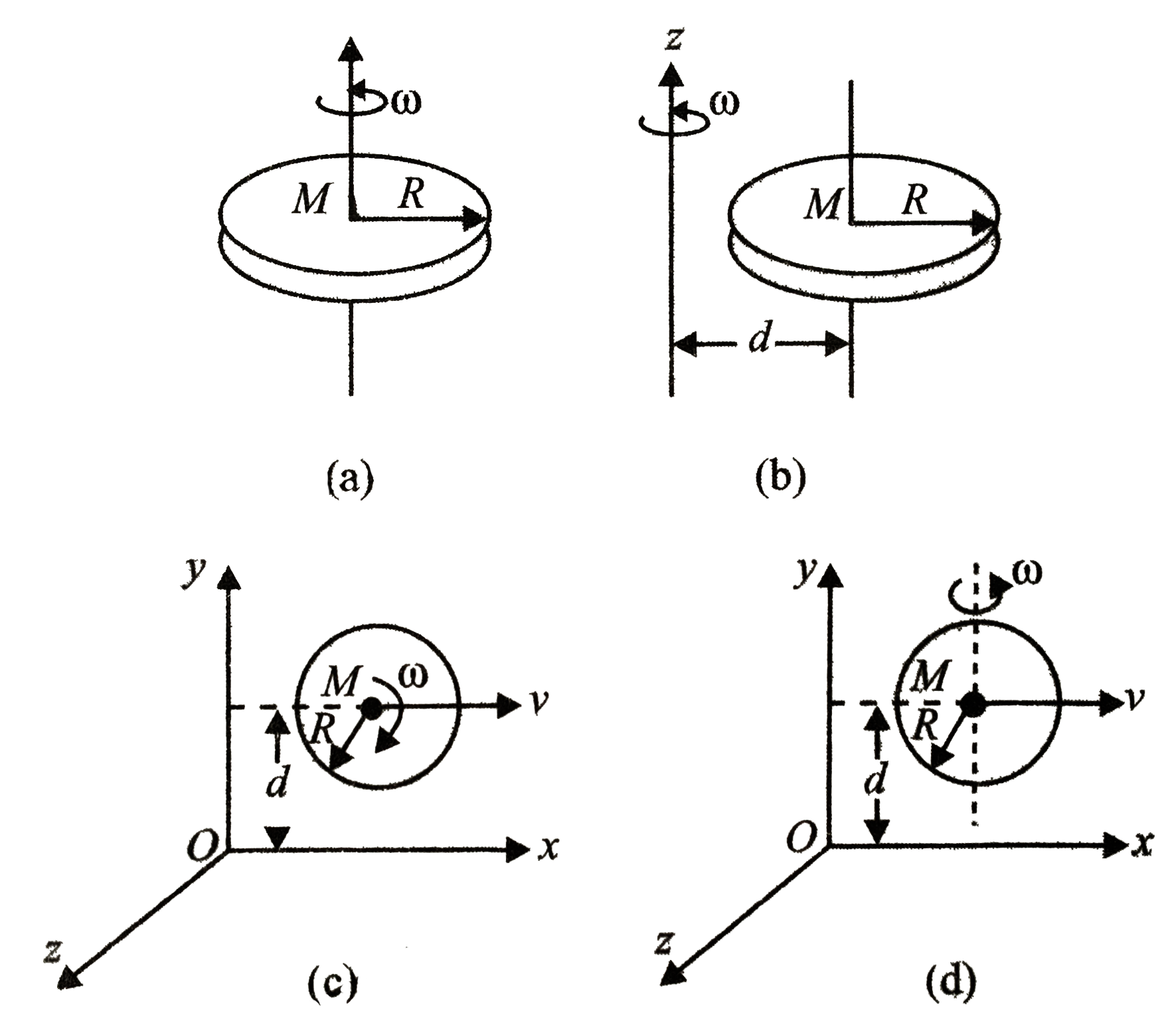Text Solution
Verified by Experts
|
Topper's Solved these Questions
RIGID BODY DYNAMICS 2
CENGAGE PHYSICS|Exercise Solved Examples|12 VideosView PlaylistRIGID BODY DYNAMICS 2
CENGAGE PHYSICS|Exercise Exercise 3.1|11 VideosView PlaylistRIGID BODY DYNAMICS 1
CENGAGE PHYSICS|Exercise Integer|11 VideosView PlaylistSOUND WAVES AND DOPPLER EFFECT
CENGAGE PHYSICS|Exercise Integer|16 VideosView Playlist
Similar Questions
Explore conceptually related problems
Knowledge Check
Similar Questions
Explore conceptually related problems
